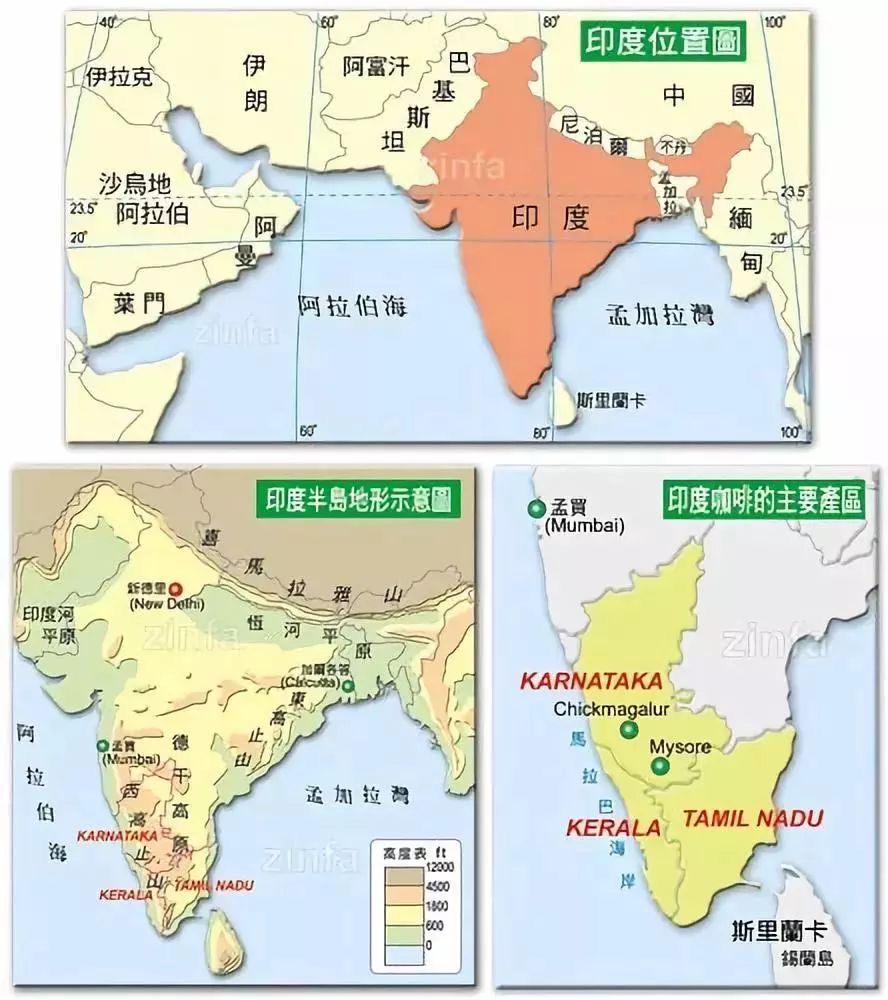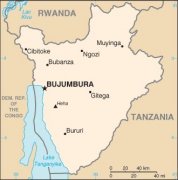Flavor and taste of Indian coffee treated by monsoon
As early as the time of the British Oriental Trading Company, coffee and spices were transported from India to large wooden ships near the Cape of good Hope. The journey took months, and the coffee was exposed to moist air and wind, changing its characteristics. The coffee turns light golden, expands, loses acidity, and has an earthy taste. Europeans like this kind of coffee and are addicted to its taste.
After the opening of the Suez Canal, the transportation time became so short that coffee was no longer aged in a damp marine environment for several months, resulting in different appearance and taste of caffeine and loss of popularity.
In order to recreate people's favorite coffee, coffee beans are now shipped to the coast of Malabar, India, and aged in open warehouses. Jute bags filled with unroasted Indian coffee beans are exposed to monsoon conditions for 12-16 weeks and are carefully monitored and rotated to create this characteristic coffee.

Monsoon treatment is a process of exposing coffee beans to damp monsoon winds for weeks, which yellowes coffee beans, reduces acidity, and gives coffee beans a heavy, syrup-like flatness reminiscent of old coffee. Over time, the knowledge accumulated by trade about monsoon coffee and its processing has not changed.
The Indian monsoon treatment of Malabar coffee is a truly unique gourmet coffee. Its history is interesting.

For Indian coffee, to be honest, they are usually not so good, but this is a terrible mistake. In a country dedicated to tea production, this is not surprising. They are usually based on Robusta rather than Arabica. They need to claim to be the best Arabica, so they managed to find a place in India with the right climate for growing decent beans. Yes, it's true.
Indian coffee is mostly full-bodied and has low acidity.
Important Notice :
前街咖啡 FrontStreet Coffee has moved to new addredd:
FrontStreet Coffee Address: 315,Donghua East Road,GuangZhou
Tel:020 38364473
- Prev

Geographical location of East African Coffee in Burundi characteristics and defects of Burundian Coffee
Burundi is a small country, about the size of Maryland. Coffee-growing areas are concentrated in the northern centre of the country, extending northward from the centre of the country to the Rwandan border (including Kitga, Kaluzi, Kayanza, Kirundo, Muyinga and Ngozi provinces). In the northern mountains of a small landlocked country, specialty coffee is becoming a source of hope and opportunity. Ngozi area is high above sea level
- Next

Detailed explanation and recommendation of coffee flavor in Indonesian coffee producing areas
Indonesia is famous for its coffee. They offer a variety of Indonesian favorite flavors. There are at least five different kinds of coffee you need to try as follows. 1 Muscat Coffee is obvious, the first is Loak Coffee. The first Luwak espresso is the most expensive espresso. You can only find them in Indonesia. Espresso takes advantage of the maturity of meerkats.
Related
- Beginners will see the "Coffee pull flower" guide!
- What is the difference between ice blog purified milk and ordinary milk coffee?
- Why is the Philippines the largest producer of crops in Liberia?
- For coffee extraction, should the fine powder be retained?
- How does extracted espresso fill pressed powder? How much strength does it take to press the powder?
- How to make jasmine cold extract coffee? Is the jasmine + latte good?
- Will this little toy really make the coffee taste better? How does Lily Drip affect coffee extraction?
- Will the action of slapping the filter cup also affect coffee extraction?
- What's the difference between powder-to-water ratio and powder-to-liquid ratio?
- What is the Ethiopian local species? What does it have to do with Heirloom native species?

